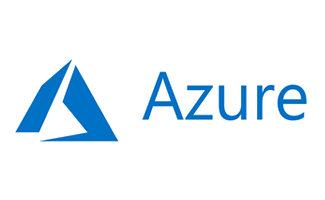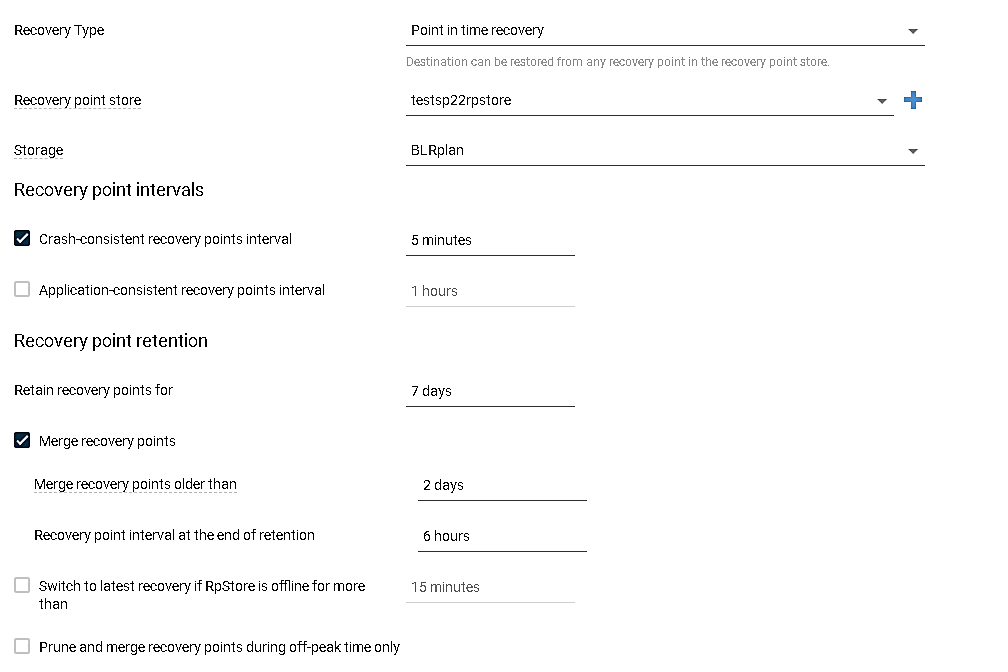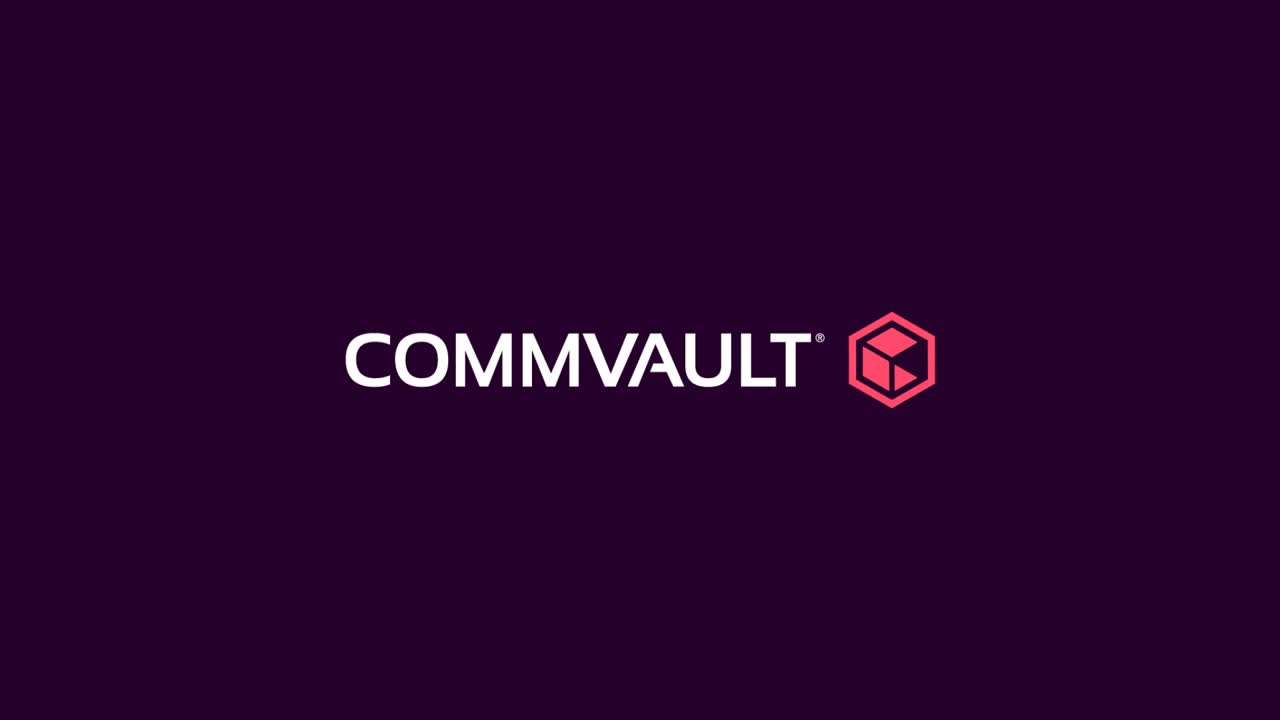Your disaster recovery plan ready for cloud, on-premises and hybrid data demands? The uncontrollable events of the past year have prompted many questions about disaster recovery.
In fact, 89% of surveyed Commvault cloud data protection customers said that disaster recovery was a top priority through the global pandemic.1
As the global pandemic pushed organizations to shift rapidly to the cloud, teams worked quickly to ensure data was available to serve customers, protect employees, and keep companies running. Sometimes in the rush to the cloud, disaster recovery plans weren’t updated.

Huge ransomware attacks, natural disasters, and unexpected crises stretched disaster recovery plans like never before.
Now is the time to develop a disaster recovery plan that includes all of your data – cloud, on-premises and that hybrid data that may be moving between locations today or tomorrow.
What is disaster recovery?
Today disaster recovery can mean the ability to recover applications, databases, entire virtual machine environments or entire IT environments. It can be failing over one application, one manufacturing plant, or all of your IT operations in one country.
Disaster recovery can be to the cloud, from the cloud, across clouds, or across cloud regions. Cloud workloads can be recovered on-premises, on-premises workloads can be recovered from the cloud.
With rapidly changing business needs, it’s important to work with a software vendor that supports your cloud disaster recovery requirements – today and in the future.
Thinking through a comprehensive disaster recovery plan
There are several steps to developing a comprehensive disaster recovery plan. Some organizations choose to work with a solution provider, systems integrator, or other services partner to develop the disaster recovery plan. Other enterprises manage cloud disaster recovery internally, coordinating with line of business owners to support new DBaaS or SaaS applications as they are adopted.
Commvault offers specialized consulting services to help customers establish and maintain a state of recovery readiness. Click here to learn more about Commvault recovery readiness services.
How can your organization save time and money with a comprehensive cloud disaster recovery strategy?
Developing a cloud disaster recovery plan checklist
Ready to get started with a cloud disaster recovery plan?
First, think through the workloads that need to be included in the disaster recovery plan. What workloads are currently on-premises, in the cloud, or at the edge? Where should those workloads be recovered?

Start with essentials – the cloud-based applications and databases that run your business. If you haven’t updated your disaster recovery plan in a year, think through the new cloud-based applications and databases that have been added to the organization.
| Disaster Recovery Plan Updates | Questions to Ask | Examples |
|---|---|---|
| What line of business applications recently changed? | Are there overlooked applications missing from the plan? | • Marketing SaaS-based applications • Customer service applications like chatbots • A move from on-premises to SaaS-based CRM or ERP |
| Who has implemented databases-as-a service? | What database-as-a-service implementations run critical data? | • Azure Cosmos DB, Azure Database for MariaDB • AWS Redshift, Amazon Aurora, Amazon Dynamo DB • Google Cloud SQL for MySQL, Google Cloud SQL for PostgreSQL |
Now, consider your cloud storage environment, on-premises storage, and hybrid plan. For many organizations, today’s data estate is spread across on-premises, edge, private cloud, and public cloud locations.
With 76% of organizations adopting multi-cloud strategies (ESG, 2019), cloud-based disaster recovery is more important than ever. With these emergencies, time is critical, so automation, flexibility and scalability are big requirements.
What are the locations you might choose for cloud disaster recovery?
Hybrid – on- premises and multi-cloud:


Prepare for today’s cloud environment – and the technologies you’ll need tomorrow. Commvault supports more than 40 cloud storage options and multiple hypervisors. See the full list of supported technologies.
Why multi-cloud or hybrid cloud works for disaster recovery
As we saw in recent emergencies, having a geographically diverse team that can failover essential applications and databases is important.
In the February 2021 Texas ice storm and power outage, some bank customers were unable to access their online banking application. The bank and the infrastructure for the application were both based in locations with no power. Without their app, Texas-based customers couldn’t pay bills or use their debit card for essentials like food or transportation. Even customers outside the state were unable to use the online banking application. Customer satisfaction was an issue with vocal customers using social media to voice their unhappiness.
In March 2021, the OHV cloud data center fire in France highlighted the need for multi-region or multi-cloud disaster recovery strategies. The fire destroyed one of the Strasbourg data centers, damaged another and caused two additional data centers to be shut down as a precautionary measure. Business and government organizations lost access to data, email, and applications for multiple days. Many reported complete data loss.
Many organizations are opting for cloud-based services that can be moved to another cloud or another cloud region. On-premises or edge applications could be failed over to public cloud – or public cloud regions in other geographic zones.
| Disaster Recovery Plan Updates | Questions to Ask | Examples |
|---|---|---|
| Include options for moving data to, from, across and between clouds | When does data need to move from one cloud location – or one cloud vendor – to another? How expensive will it be to recover data? | Recover data and workloads across hypervisors and clouds • Microsoft Azure • AWS • Google Cloud Platform |
| Ensure edge devices have a backup | Do we have a backup for data on hybrid cloud or edge devices? | • Microsoft Azure Stack and Azure Stack HCI • AWS Outposts |
Be sure to consider cloud disaster recovery RTO and RPO
Disaster recovery planning includes thinking ahead for recovery exercises. Be sure to test your recovery time objectives (RTO) and recovery point objectives (RPO). Can you prove that you can recover critical services in the required timeframes?
Commvault customers are working with multiple RTO and RPO goals for virtualized workloads, applications, databases, file systems and more. Flexibility to manage RTO and RPO by multiple factors means scalable, custom disaster recovery options for changing business needs.

What’s next for cloud disaster recovery?
2021 has already started as a mixed year. On one hand, we already see the need to pay attention to natural disasters, accidents, and human caused data emergencies like cyberattacks. On the other hand, organizations that were resilient through 2020 have accelerated their digital transformation initiatives.
With digital transformation rapidly changing everything, more enterprises are looking at cloud disaster recovery options.
Consider starting with a 2-minute demo video of Commvault cloud disaster recovery. See how orchestration, automation and verifiable recoverability work across on-premises and cloud environments.
Commvault disaster recovery products
Reference
1 TechValidate, October 2020



